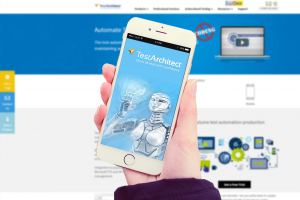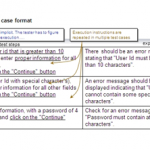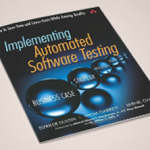Mobile usage today is not just a trend but it is an essential shift in how people communicate with each other, interact with the world, and do business. According to a ComScore, in 2014 the number of mobile users surpassed the number of computer users and is showing strong growth over time, towards some point in the near future where virtually each person on Earth will own at least one mobile device.
Therefore, it is no longer a case of asking whether building mobile apps or mobile compatible websites is essential for any business. It is. “Mobile first” has become a motto for many companies nowadays to keep up with the race of mobile age, in order to retain customer loyalty.
Users quickly uninstall a mobile app if they encounter an application bug, slow loading speed or incompatible issues with their devices, so making sure the application works seamlessly on any device is vital. On the other hand, developing and testing on mobile devices are quickly getting overwhelming because of the variety of operating systems and their versions, of device makers and models, and of screen sizes and resolutions. And that doesn’t even cover the various input methods, carriers, data transference speed, GPS, accelerometers, and application kinds: native, web or hybrid apps.
Add to this the extensive infrastructure of backend systems to support the mobile applications and their usage. Clearly, testing plays an important role in ensuring that requirements are met by ensuring apps run well and consistently on a set of different target devices. However, creating and managing large amount of test cases which cover all combinations of mentioned variances in a short of time is not an easy job.
The TestArchitect automation tool relieves these concerns in an elegant way by applying Action Based Testing methodology into test design to quickly create tests. No programming knowledge is required and maintenance effort is kept at a minimum. For the test execution, TestArchitect allows user control via cable and/or Wi-Fi from one host machine up to 20 devices, that can also include simulators. A user can use the screenshot capturing feature to record the run on each device.
When the execution completes, the test results of each device will be collected by the host machine. From the test results, QA staff can see if the application under test has issues on specific devices and work with the development team to fix the issues before releasing the app to the market.
In addition to the mobile support TestArchitect supports a wide range of platforms like desktop, web, and non-UI, for example database access and REST service calls. This allows you to flexibly combine device level testing with related testing on the backend systems.





 Van Pham, Product Support Manager
Van Pham, Product Support Manager
















